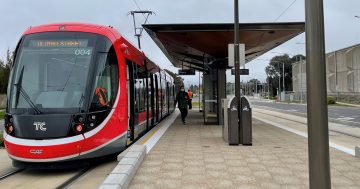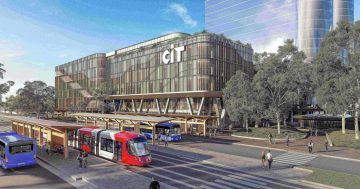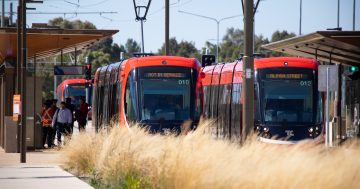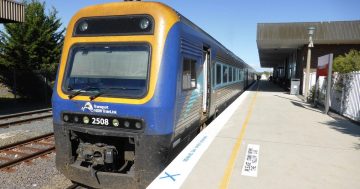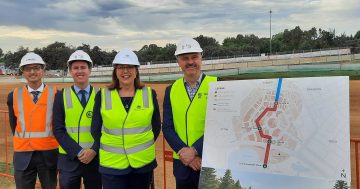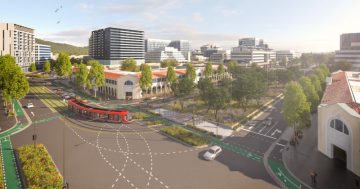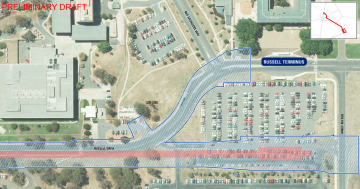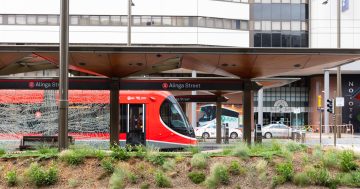
The ACT Government plans to invite expressions of interest from 31 October for a private consortium to build, own and operate a light rail system for a period of 20 years.
The Capital Metro light rail, or tramway, will come into service in 2019 along a 12 km track between Gungahlin and Civic via Dickson. The ACT government has announced construction costs of upwards of $800 million.
Details of the likely operating costs (or losses) have not been made available, but the $800 million will have to be paid back somehow. Repaying construction costs over a period of 20 years will cost the public purse some $40 million a year before any interest or other operational charges are included.
This is one of the largest single capital investment projects in the history of self-government, a once in a lifetime opportunity to embrace a new vision for Canberra and to revolutionise and modernise the concept of public transport. Such a light rail service should connect the city to the airport and unify the major town centres as well as giving access to national attractions in the Parliamentary Triangle. It should give significant advantages for public attractions and tourism and play a part in the commercial, social and cultural life of Canberra.
It’s a big-ticket item – but it needs some big ticket thinking.
The concept of light rail is and always has been a very seductive and attractive option for Canberra –the Walter Burley Griffin blueprint includes provision for tramways. But light rail must cater to the city’s entire transport and commuting needs and all residents, not just to resolve a traffic bottleneck for Gungahlin residents.
The likely public costs of building and running the system are vital and should be publicly available in order to inform and consult with residents. The cost of Capital Metro and the service must be seen against the ongoing annual outlays for the ACT government to underwrite ACTION bus services, currently more than $100 million a year. Yet as it stands, Capital Metro is unlikely to make any significant difference.
It is hardly encouraging that chief objective of Capital Metro website is reduce the use of motor vehicles. Getting people out of cars and onto buses has been a mantra of all ACT governments. They have embraced arguments which serve to demonise drivers and strive to banish motor vehicles.
This has been used to justify the selling off of hundreds of millions of dollars of public parking space across the city and the town centres. Car drivers are being forced to the margins of Civic and town centres, offices and businesses shops and entertainment. Drivers should not be discriminated against because the existing public transport doesn’t satisfy their needs.
Buses do not allow the essential freedoms and mobility to shop or to take their children to and from daycare, to manage their families or carry out other personal or official business during the day or to visit gyms or sporting events at lunchtime or before and after work.
Light rail does offer attractive options for commuters, especially if you live in gridlocked Gungahlin.
But does Capital Metro go far enough? Do we want a light rail system that is going to cost almost $1 billion to build and yet will service a small proportion of the population? Or should we have sought a bigger blueprint that embraces and unifies the city, the town centres and Canberra’s social and economic well-being?
(image www.capitalmetro.org.au)












